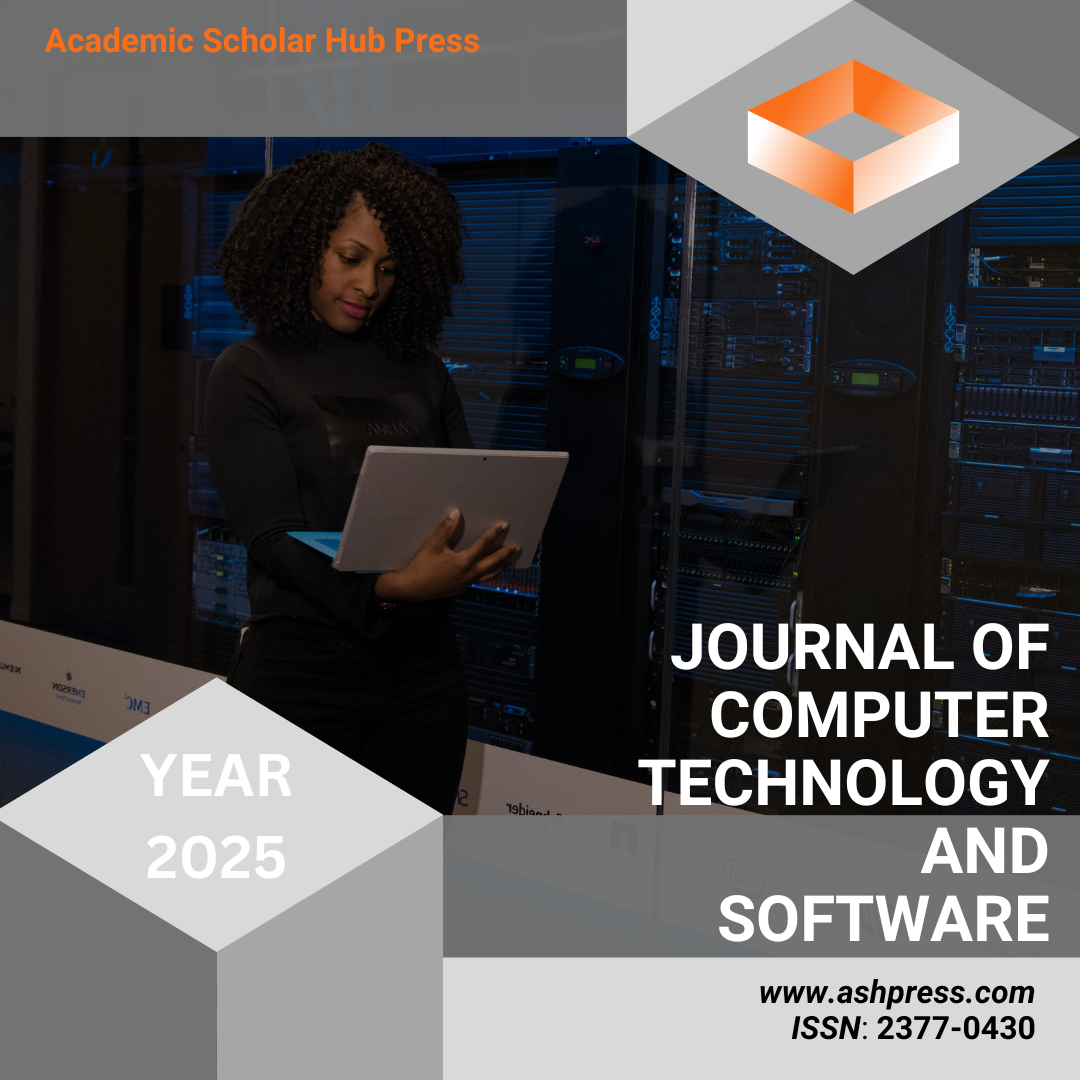A Survey of Deep Learning Architectures in Modern Machine Learning Systems: From CNNs to Transformers
Published 2025-08-30
How to Cite

This work is licensed under a Creative Commons Attribution 4.0 International License.
Abstract
Deep learning has become a cornerstone of modern machine learning systems, empowering breakthroughs across domains such as computer vision, natural language processing, speech recognition, and autonomous control. This survey provides a comprehensive overview of the evolution, design principles, and application of deep learning architectures, with a particular focus on Convolutional Neural Networks (CNNs), Recurrent Neural Networks (RNNs), and Transformer-based models. We begin by tracing the historical development of neural architectures, highlighting the shift from spatial and temporal encoders to attention-driven models that enable long-range dependency modeling and cross-modal learning. We then present a detailed analysis of architectural components, including convolutional layers, recurrent units, self-attention mechanisms, normalization techniques, and position encoding strategies, emphasizing their mathematical foundations and design trade-offs. Furthermore, we explore the deployment of these architectures in diverse domains, illustrating real-world use cases and performance comparisons through visual diagrams. The survey also identifies major challenges in current deep learning systems-such as interpretability, data efficiency, scalability, and ethical deployment-and outlines promising directions including federated learning, parameter-efficient fine-tuning, biologically inspired computation, and unified multimodal frameworks. By synthesizing the architectural trajectory from CNNs to Transformers, this survey aims to guide researchers and practitioners in selecting, adapting, and advancing deep learning models to meet the evolving demands of real-world machine learning applications. Our findings highlight both the robustness and limitations of current approaches, offering insights into the next generation of intelligent and adaptable systems.
